Bio Building at Dutch Design Week
It is fair to say that this year has been a tumultuous one, full of political unrest, distrust, disparity and protest. The messages surrounding climate change pushed most vigorously by a youth movement that is all too aware of the implications of its pending impact, are finally being pushed to the fore of news stories and (some) political debate. The message also forces the construction industry to hold its hands up and admit that unsustainable practices are a big part of the problem whilst simultaneously addressing the issues through positive change and genuine future-proof innovation.
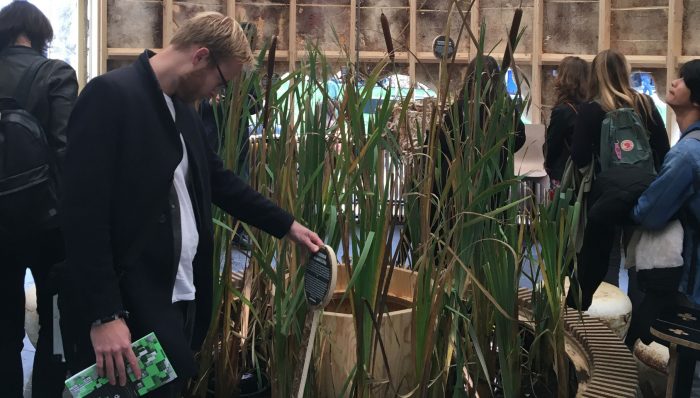
Dutch Design Week, which takes place in Eindhoven every October, is one of the world’s leading design fairs having consistently offered a platform for a mass of innovative design projects and products for over 25 years. This year was no different, although it can be said that a burgeoning awareness for how the world of design can be both a problem and answer to climate change took a leading role in the vast majority of the projects on display. Not least at the Ketelhuisplein, a prominent outdoor area of the Strijp district, itself a central column of the overall show. Popping up upon it were 2 major pavilions commissioned by the Dutch Design Foundation and Company New Heroes that ask some pertinent questions:
“How can we reduce the output of CO2?
What do we do with waste products from agriculture?
How do we deal with subsidence and rising sea levels?
What is the aesthetic value of biobased materials?”
The latter offers some insight into how the former questions might be answered; biomaterials must become a part of our overall material futures.
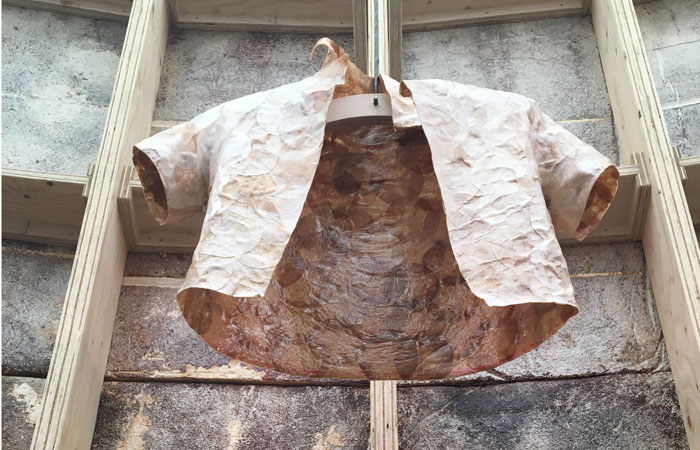
Both the Bio Base Camp and The Growing Pavilion offered platforms from which to discuss and discover biomaterials, and whilst Bio-Base Camp’s primary focus was on that ever-sustainable material, timber, The Growing Pavilion showcased material alternatives that many may have never seen nor considered before. For instance, most of us would never think to explore the potential positive attributes of manure as Martijn Straatman has, nor do we usually think beyond cooking and eating mushrooms; but the entire walls of the space, made from Mycelium force us to think again.
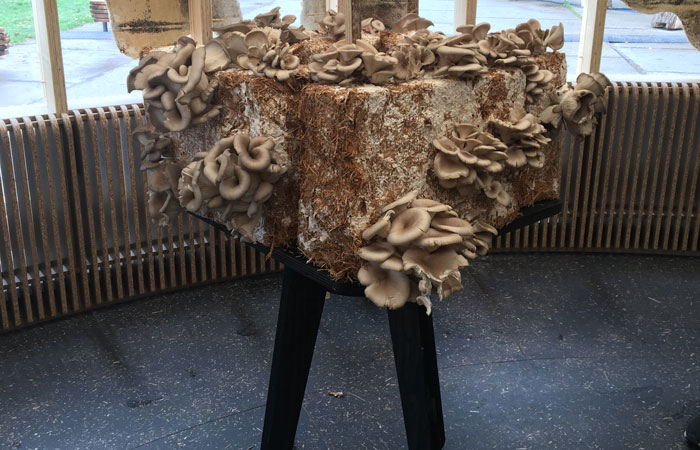
Novel as they may seem there is a clear emphasis here: biomaterials, even those derived from ‘dirty’ waste, offer viable material solutions. The pavilion organisers are keen to change the message usually attached to such progressive developments:
“Manufacturers tell us that the biobased materials are just as good or not to be distinguished from the conventional materials we already know. We think this is weak: why aren’t biobased materials smarter, more original, prettier, healthier and more ingenious than the materials we already know?”
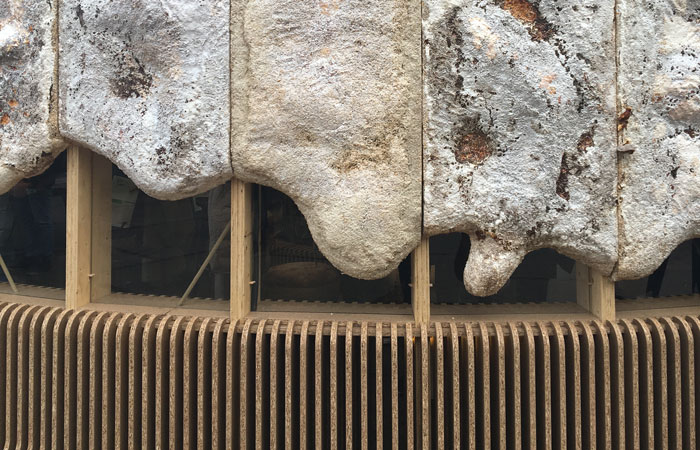
It’s a salient point, particularly when we’re reminded that the use of ‘fossil materials’ has caused damaging subsidence and dangerous levels of CO2 in our atmosphere. Biological and grown materials quite literally offer a (partial) antidote, preventing subsidence in the soil through strong root systems whilst capturing deadly CO2 in the very process of their creation. So why can’t we readdress the textile’s industry with the use of mycelium as Dutch designer and founder of Neffa, Aniela Hoitink does with her garments formed from the organic substance? Can mass plastics not be replaced by those derived from naturally occurring algae nor mainstream furniture not be grown from mycelium as Eric Klarenbeek has proven is possible? On an even grander scale, the actual pavilion itself forces use to think even bigger and more ambitiously: can we not build our infrastructure from biomaterials? Lucas De man, of The Growing Pavilion, offers the ultimate ‘call to arm’:
“Think of sufficient grown materials, appropriate regulations, innovative designers and open-minded consumers. With The Growing Pavilion, we put this conversation on the agenda and aim to facilitate this, because it is essential to achieve the desired change in thinking and actions. Are you in?”
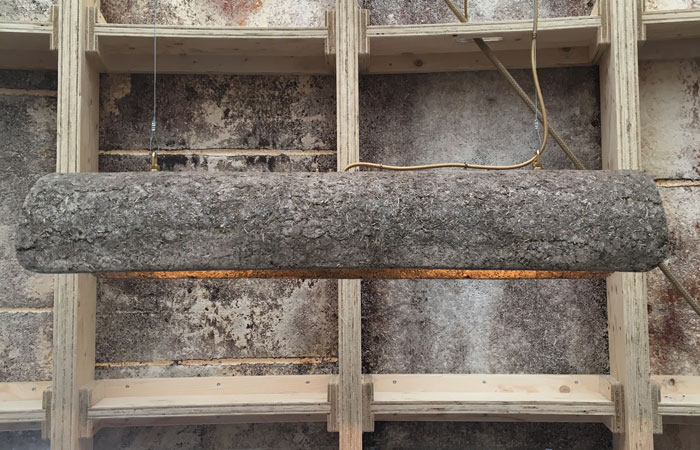
With questions like that one, 2019 could yet become a point in history that is looked back upon with some reverence; the moment that individuals, manufacturers and governing bodies realised that positive change was a necessity, and acted. It seems essential that if this is to be the case, those looking back at our turbulent times themselves no longer see biomaterials as a fantasy based upon novelty products but simply a part of their everyday lives.




